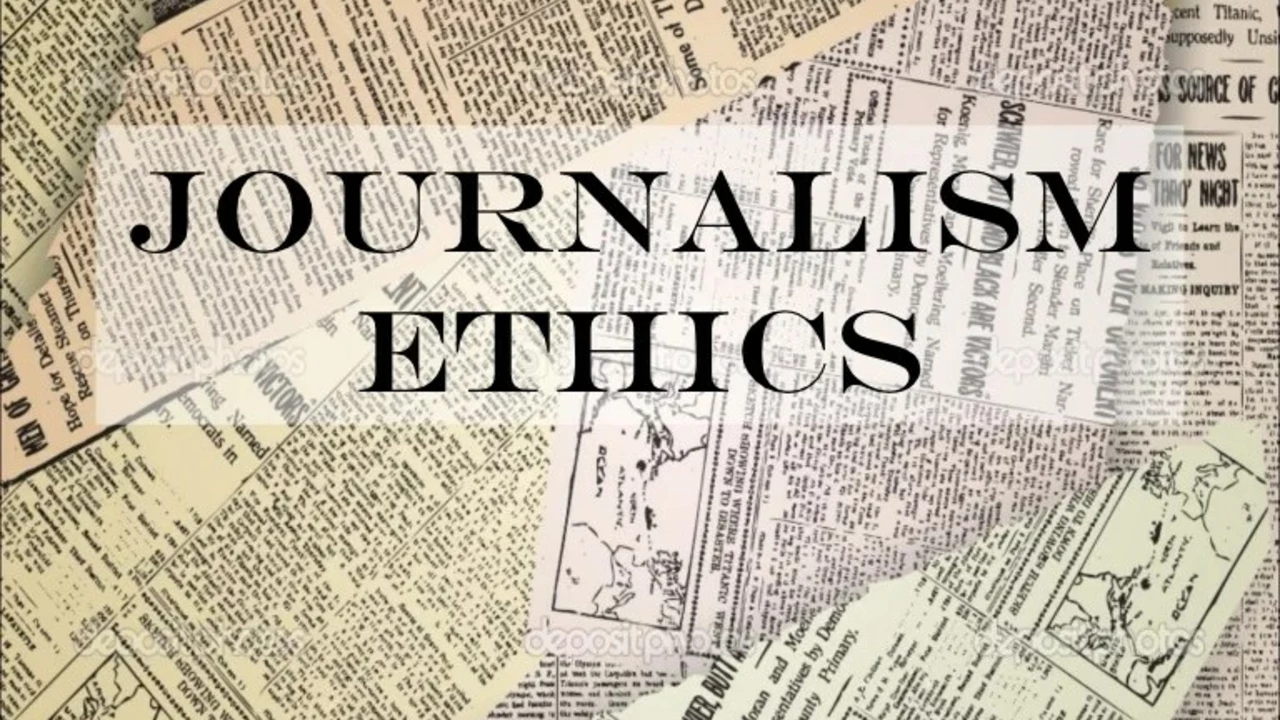Media Criticism: Why Indian News Channels Miss the Mark
Ever wonder why news feels more like a reality show than real reporting? A lot of Indian news channels are chasing ratings, not truth. When the focus shifts to shocking headlines and flashy graphics, the facts get pushed aside. This trend makes it hard for viewers to trust what they see on screen.
Sensationalism Over Substance
TRP numbers drive many decisions. A channel that can boost viewership with a dramatic story will often repeat that formula. Instead of balanced reports, we get loud debates where hosts shout over each other. The goal becomes louder, not clearer. Viewers end up with half‑baked opinions rather than well‑rounded information.
Another side effect is the blurring line between news and entertainment. Stories are packaged with music, graphics, and dramatic pauses, turning serious issues into bite‑size drama. While this may keep people glued to the screen, it strips away depth. Complex topics get reduced to sound bites, leaving the audience with a shallow view.
Ownership and Bias
Who owns the channel matters. Many news outlets have ties to political parties or big businesses. Those ties can shape the agenda, either by highlighting certain stories or by downplaying others. When a channel pushes a particular narrative, it often reflects the interests of its owners rather than the public’s need for unbiased news.
This influence creeps into every segment—whether it’s the way a protest is covered or how a policy is explained. Viewers may not notice the bias at first, but over time it shapes their perception of reality. Recognizing this link helps people stay critical of the information they consume.
So, what can you do? Start by checking multiple sources before forming an opinion. Look for channels that prioritize fact‑checking and give space to diverse viewpoints. Ask yourself if the story feels balanced or if it’s just aiming for a reaction.
In the end, media criticism isn’t about blaming every journalist. It’s about staying alert to the tricks that boost ratings at the cost of truth. By keeping an eye on sensationalism and ownership bias, you can separate the noise from the news and make smarter choices when you tune in.
What is wrong with Indian news channels?
In my opinion, the main issue with Indian news channels is the increasing trend of sensationalism over objectivity. There's an excessive focus on TRP-driven content that often overlooks the importance of accurate and unbiased reporting. The practice of shouting matches in debates, instead of fostering meaningful discussions, has also become a concerning norm. Furthermore, the line between news and entertainment appears to be blurring, compromising the essence of true journalism. Lastly, the influence of political and corporate ownership on news channels has raised serious questions about their credibility and independence.
full article